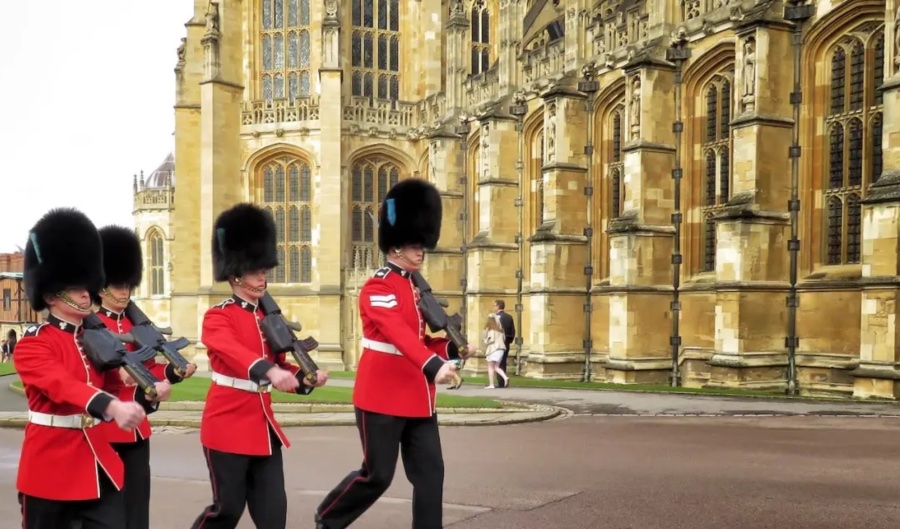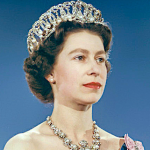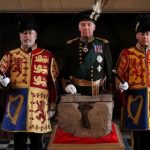The use of a royal cypher in the Commonwealth realms originated in the United Kingdom from the early Tudor period. The cypher is made up the initial of the sovereign with, after Henry VIII’s reign, the addition of the letter ‘R’ for ‘Rex’ (Latin for king) or ‘Regina’ (Latin for Queen).
Queen Victoria
In the 1880s, a consistent cypher for Queen Victoria began to be seen. An example of this can be seen below:
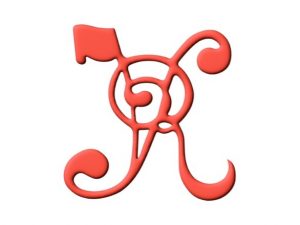
Queen Victoria’s cypher
Queen Elizabeth II
During her seventy-plus year reign, Queen Elizabeth II cypher ‘EIIR’ appears on letter boxes, government buildings and State documents. Queen Elizabeth’s royal signature, ‘Elizabeth R’, was used to bring thousands of Acts of Parliament into law, and also on countless letters and notes she sent. It can be seen pictured below:
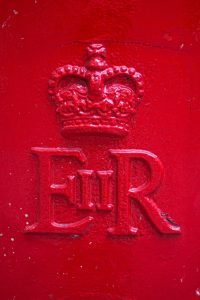
Queen Elizabeth II cypher
King Charles III
Since the passing of Her Majesty, King’s Charles III cypher has recently been announced. The cypher consists of the initial of the monarch’s name, Charles, and title, Rex, the Latin for King. Together with his regnal number in Roman numerals, all three components sit beneath a representation of the Crown, as pictured below:
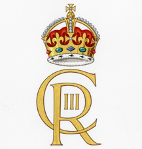
King Charles III cypher
In preparation, the College of Arms arranged ten different designs. The cypher was then selected by King Charles III himself and is recognised as His Majesty’s personal property.
The form of stylised Crown used in His Majesty’s cypher is what is sometimes termed a ‘Tudor Crown’ and differs from the stylised Crown used by the late Queen Elizabeth II which, with its higher and dipping arches, was closer in form to St Edward’s Crown.
It is envisaged that the form of the Crown seen in the new cypher will be adopted as the form used in representations of the Royal Arms and in Military and Crown Badges in the new reign.
The Scottish version
The version of the cypher shown below, for use in Scotland, has been approved by Lord Lyon King of Arms. This features the same initials and number but is beneath a representation of the Crown of Scotland.
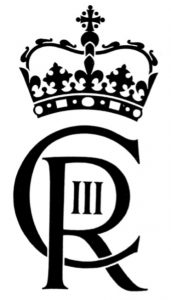
The Scottish cypher
Image Source:
- Queen Victoria: https://lbsg.org/about-boxes/ciphers/queen-victoria/
- queen elizabeth: unsplash
- king charles: https://www.college-of-arms.gov.uk/news-grants/news/item/205-royal-cypher
- Scottish cypher: https://www.college-of-arms.gov.uk/news-grants/news/item/205-royal-cypher
- four Royal Guards marching outside palace: instant images

